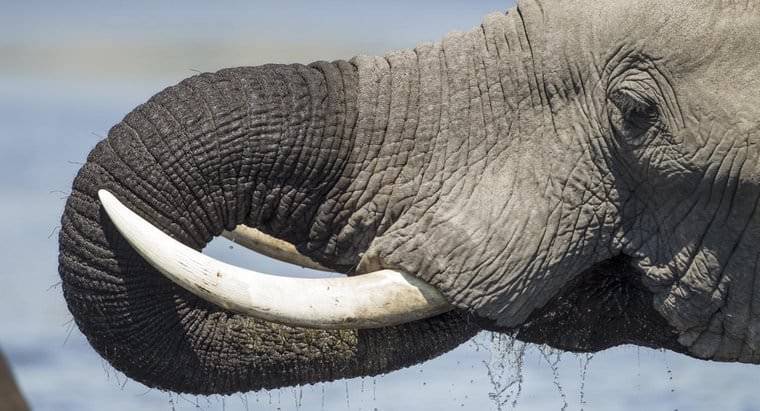[post_page_title]The ivory trade[/post_page_title]
The Convention on International Trade in Endangered Species of Wild Fauna and Flora (CITES) implemented a ban on the trading of ivory in 1989.

This ban was put in place after approximately 100,000 elephants lost their lives to poachers each year, and roughly 80% of herds were lost by the 1980s. However, illegal poaching, unfortunately, isn’t uncommon, and elephant populations are still largely at risk. In many countries, weak law enforcement and masses of corruption cause people to turn a blind eye to poachers and illegal ivory trading.
